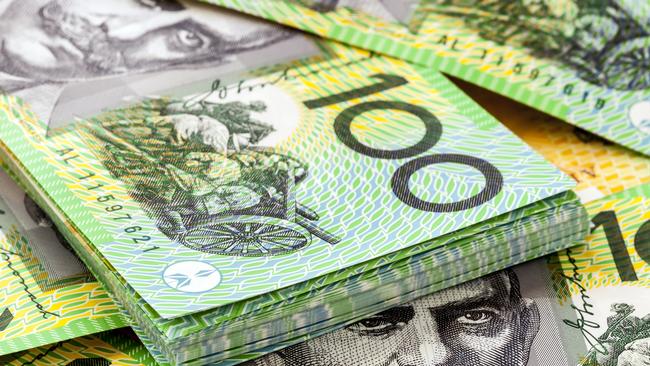We are rich, globally, and our wealth is more evenly spread
The rich get richer and the poor get poorer, but not as rich and poor as people in other countries. See how Australia measures up.

I thought I’d used the word “egalitarian” for the final time when I finished my Year 12 Australian history exam decades ago.
But here it comes again, sorry, in today’s column about money. But only once.
Dictionaries say an egalitarian society is one that believes in human equality – especially economic, social and political equity. It’s a driving force for many Australians.
And while we often complain about the growing gap between rich and poor, economic equality in Australia is much better than in many other countries.
We are lucky enough to have the fourth-highest personal wealth on the planet, behind only Switzerland, Luxembourg and the US, based on the 2024 UBS Global Wealth Report.
Our average wealth per adult is a handy $US546,184 ($823,713), UBS says, a fair way behind Switzerland’s $709,182 ($1.07m). But we’ve got at least 50 per cent more wealth per person than Britain, France, Sweden, Germany and many other nations.
The reality is we’re rich by global standards.
When it comes to our median wealth – the midpoint of personal wealth among every adult – we rank second globally, at $US261,805 ($394,835), behind only Luxembourg (US$372,258), a country with fewer than 700,000 citizens that attracts many bankers and other rich people.
So, if your total personal wealth is above $395,000, you’re worth more than half the Australian adult population.
The gap between average wealth and median wealth is a good way to work out whether one country’s riches are spread more evenly than others, and here Australia does very well too.
Our average wealth is 2.1 times higher than median wealth, but for the US it’s five times, for Switzerland it’s 4.1 times, 3.9 times in Sweden, 3.6 times in Singapore, 3.1 times in the Netherlands and more than three times in Germany.
Of course, the richest Australians have millions more dollars than the rest, but you will find that in all countries.
Even in places with much lower average wealth, the medians are significantly lower than the averages. UBS figures show Russia’s average personal wealth of $US40,000 is five times greater than its median, India’s US$16,500 is more than four times greater than its median, and China’s $US76,000 is almost three times greater.
There are a few key reasons for Australia’s relative wealth equality, and they are worth celebrating.

Firstly, we have a national compulsory savings system: superannuation. Our average super balances nearing retirement are more than $300,000 for both men and women, while median super balances at ages 60-64 are about $200,000 and $150,000 respectively. This goes a long way to propping up median wealth.
Australians’ super balances across all ages will continue to grow as the system matures and we move to compulsory employer payments reaching 12 per cent of wages from mid-2025.
We also benefit from relatively high incomes, even from our pension system. The median full-time wage in Australia of almost $68,000 is more than five times greater than global median household income of just over $12,000 a year.
Our single age pension for seniors pays almost $30,000 a year, and even though that gets stretched in an increasingly expensive society, it comes with extra government discounts and safety net opportunities that many other countries don’t provide.
Thirdly, and I reckon most importantly, is that Aussies like to have a go.
We live in a free and stable society that allows us to chase financial dreams, whether that’s owning a home, buying investment properties, starting a share portfolio or punting on cryptocurrency. This gives us a great grounding to get richer.






To join the conversation, please log in. Don't have an account? Register
Join the conversation, you are commenting as Logout